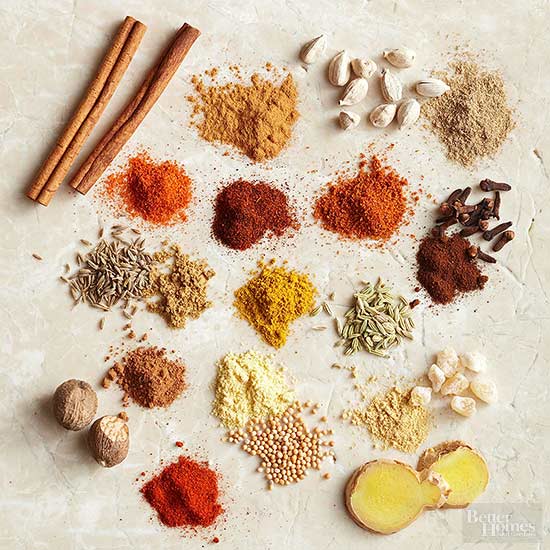






Summer's glory fades all too quickly into the barren months of winter. That's why for centuries gardeners have dried and stored their herbal crops for use in sachets, pillows, and other fragrant reminders of milder days gone by. Learning how to best dry each herb variety is both a science and an art. "You have to experiment," advises one experienced gardener and herbal crafter. "It takes years to develop your techniques and style." As you use the methods described here, keep a journal to record your successes, discoveries, and inspirations. You'll soon develop your own preferences and secrets as an herbalist.
continue reading belowCutting The best time for harvesting herbs is in the morning after the dew has evaporated but before the afternoon sun has sapped the plants' color and fragrance. For nonculinary uses, select plants in full flower and cut extras to allow for breakage later on. For the health of the remaining plants, leave a few inches of stem on each as you make your cuttings.
Air drying Hanging herbs in bundles is the simplest drying method. Gather three to six branches together and secure the stems with string, yarn, or a rubber band. Hang the bundles upside down in a dry, dark place (sunlight robs color, fragrance, and flavor). A well-ventilated attic or basement works well. Your herbs will be fully dry within a few weeks; probably less. For culinary uses, make sure the plants are brittle, then remove the leaves and store them in airtight jars or bags. For creative endeavors, you'll have better results with herbs that are still a bit moist.
Desiccant Drying Moisture-absorbing substances speed along the process of herb drying and preserve the colors and shapes of your prettiest blossoms. Sand, borax, and cornmeal are traditional drying agents. To desiccant-dry flowers, put them in a container and cover them with clean, dry sand or a mixture of one part borax to three parts cornmeal. Leave the container open to allow for evaporation. The blooms should be dry in three to five days. Silica gel, available at crafts stores, has lighter granules that are less likely to damage the leaves and petals. For most uses, pour about an inch of gel in a moisture-tight plastic, metal, or glass container, add your herbs, then cover them with more gel. Drying time will vary from about two to 10 days. Use a small paintbrush to remove crystals between the petals.
Microwave oven drying If you want to work with your herbs the day you harvest them, dry them in a microwave oven. Lay them on a paper plate and cook for intervals of about a minute each, allowing a bit of standing time between cooking times. You also can combine microwave oven and silica gel drying. Use a nonmetal container and arrange the gel and plants in layers, as described for desiccant drying, but don't cover the container. Using 200 to 350 watts of power (the defrost or half setting), cook your herbs in one-minute increments, checking them and allowing standing time after each cooking time. Handle the heated gel carefully, and don't remove the herbs until they are firm.
Copyright © www.100flowers.win Botanic Garden All Rights Reserved